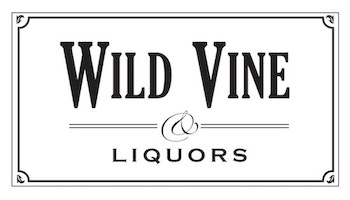Germany has been the site of winemaking since Roman times when the empire expanded deep into northern Europe. Eventually, monks would tend to church-owned vineyards on steep riverside slopes and distant outposts in German-speaking lands. Although beer is still the most popular drink, with nearly 30 gallons per capita every year, Germany is one of the top ten wine producers in the world. Nowadays, there is plenty to choose from besides sweet Riesling, including red grapes like Trollinger, Spätburgunder (Pinot Noir), Blaufränkisch, plus other indigenous white varietals. The better importers are challenging our palates with a new breed of producers across all 13 wine zones: Ahr, Baden, Franconia, Hessische Bergstraße, Mittelrhein, Mosel, Nahe, Pfalz, Rheingau, Rheinhessen, Saale-Unstrut, Saxony, and Württemberg.
